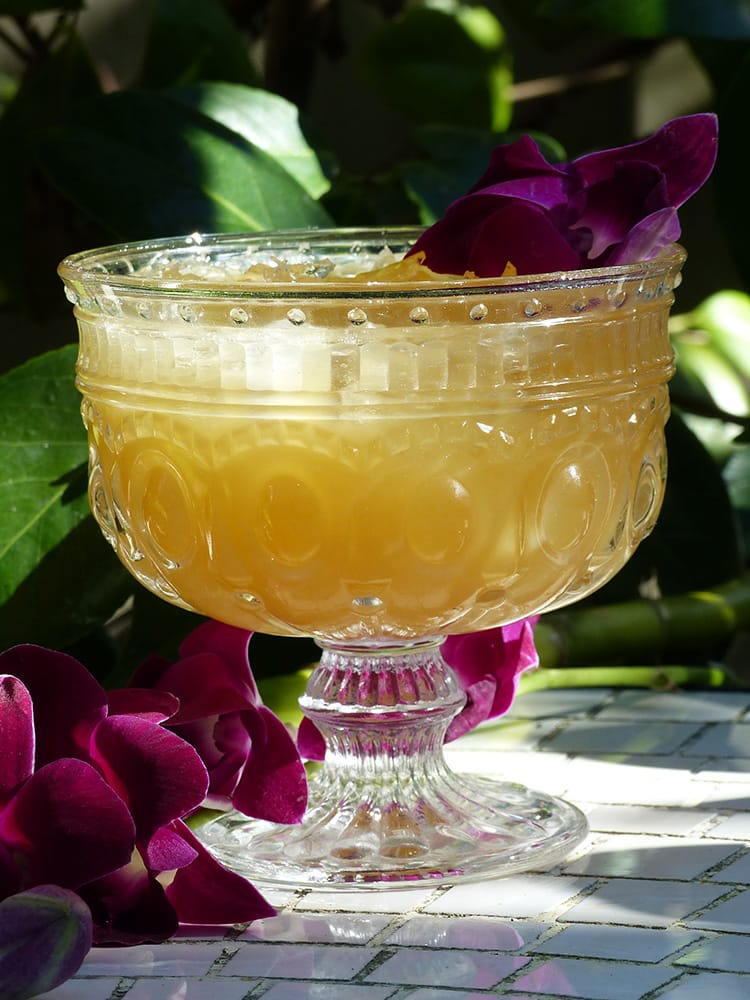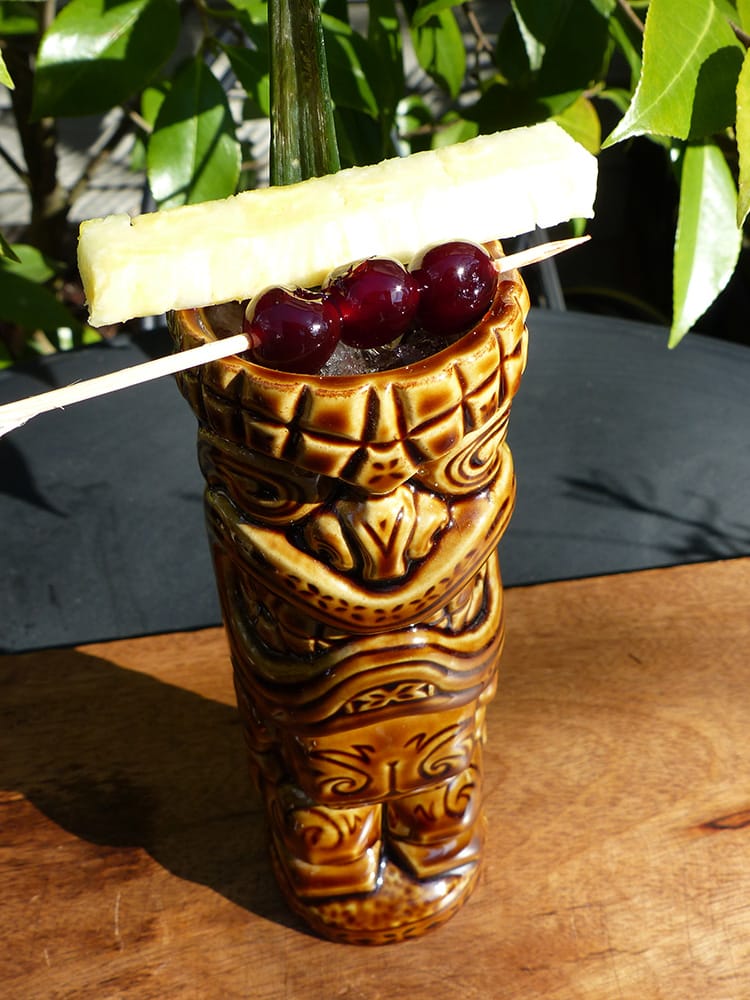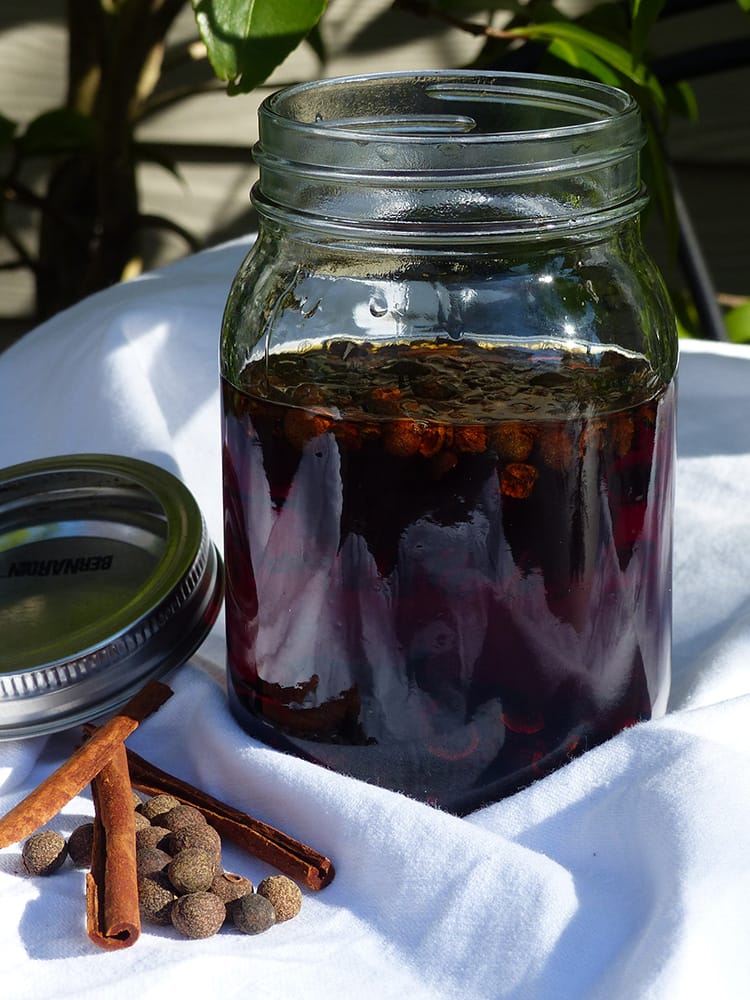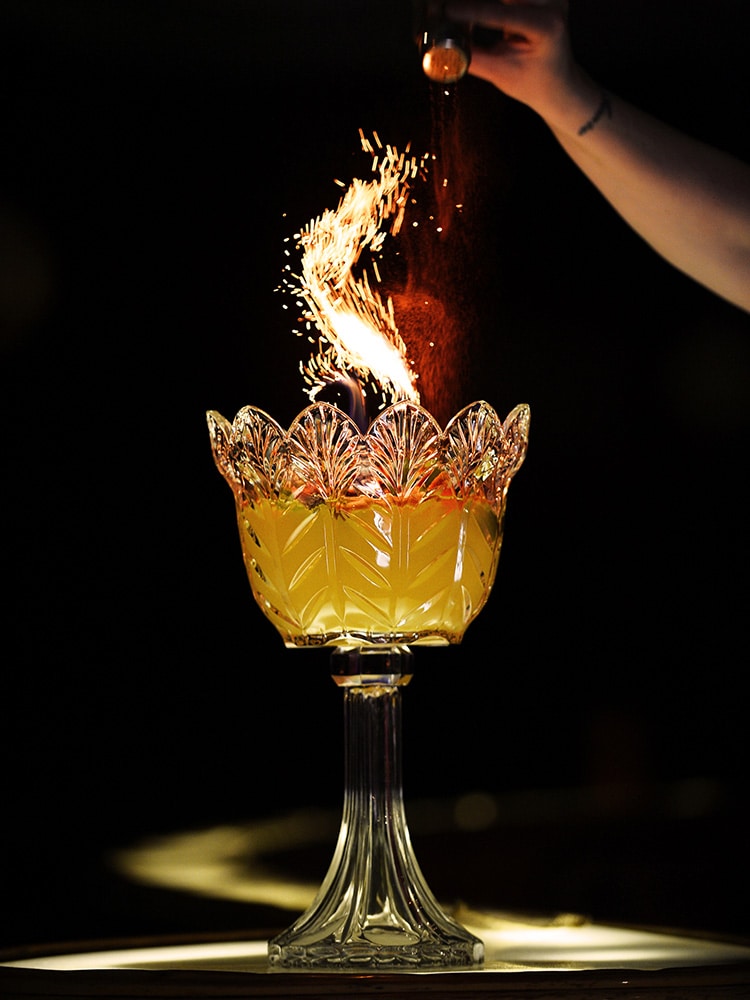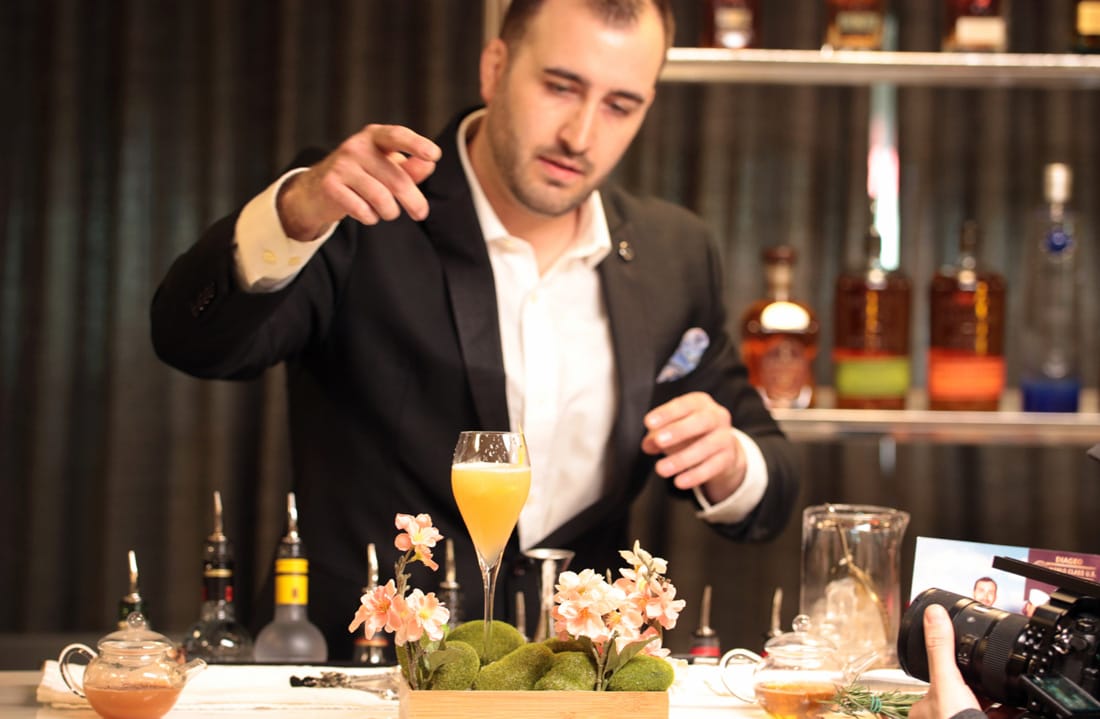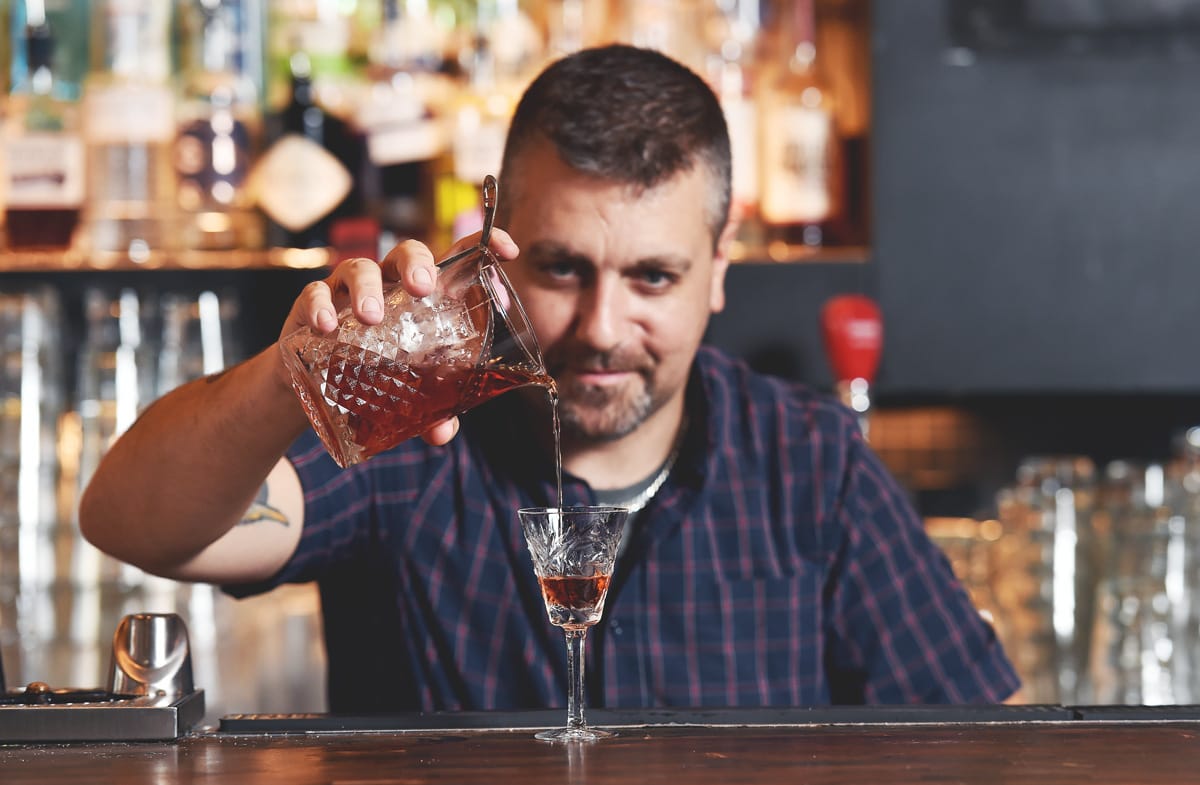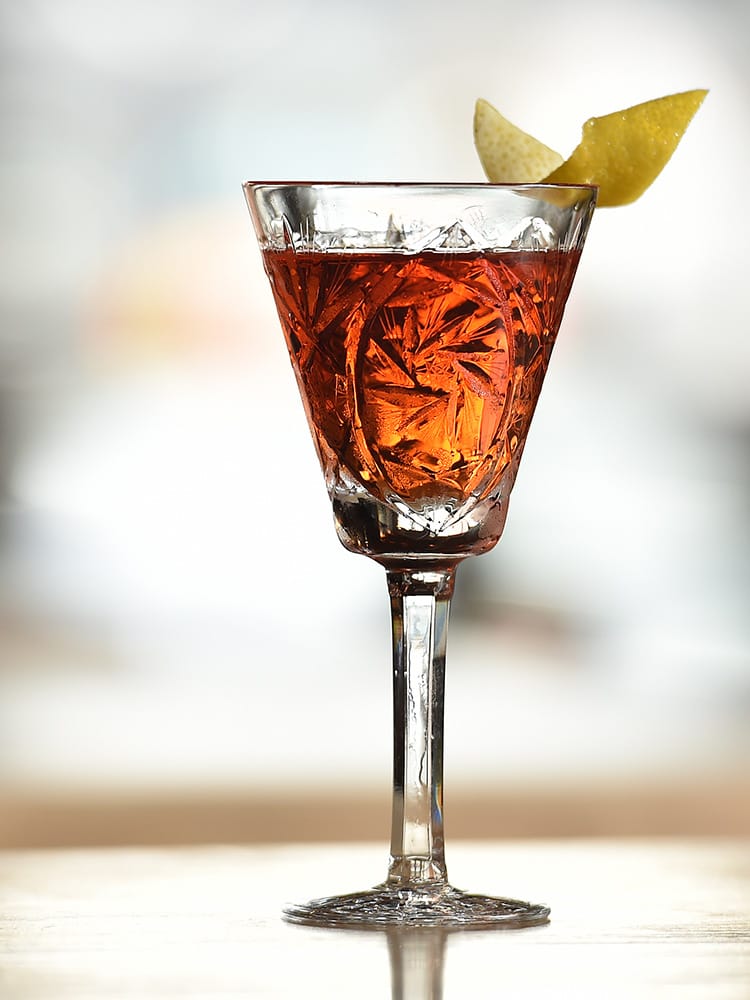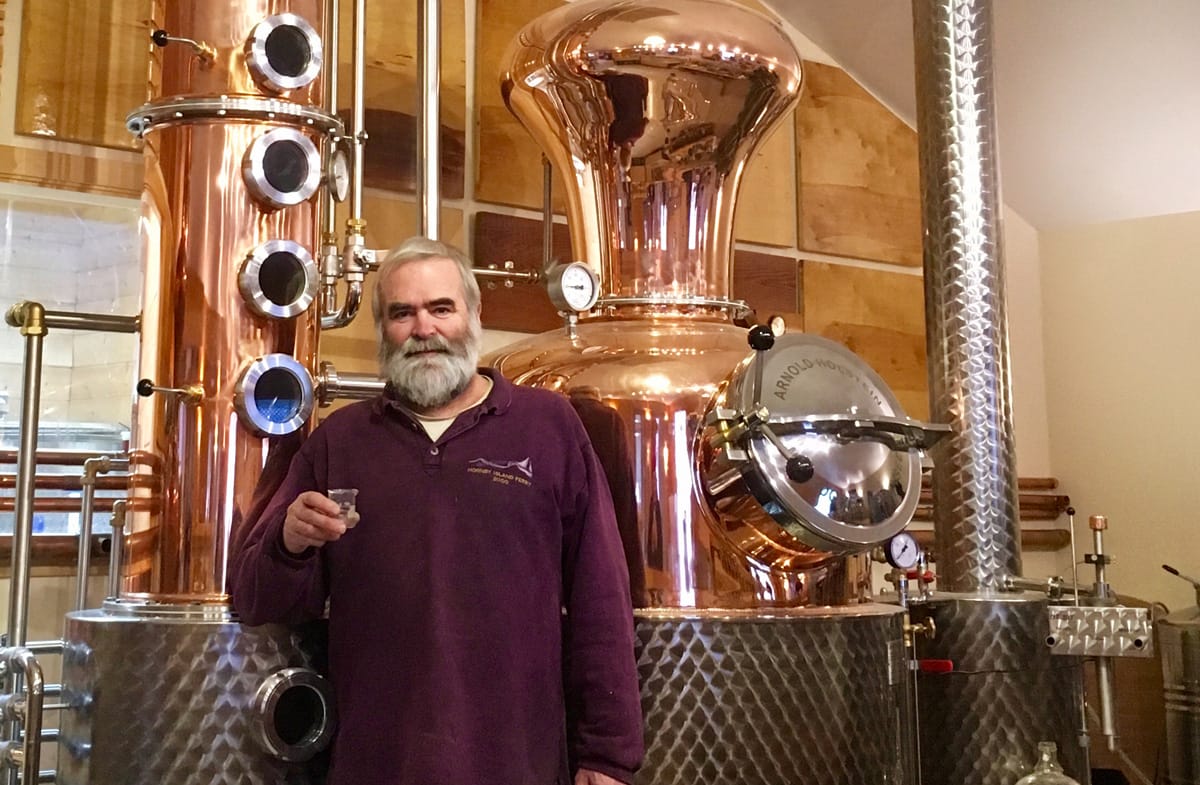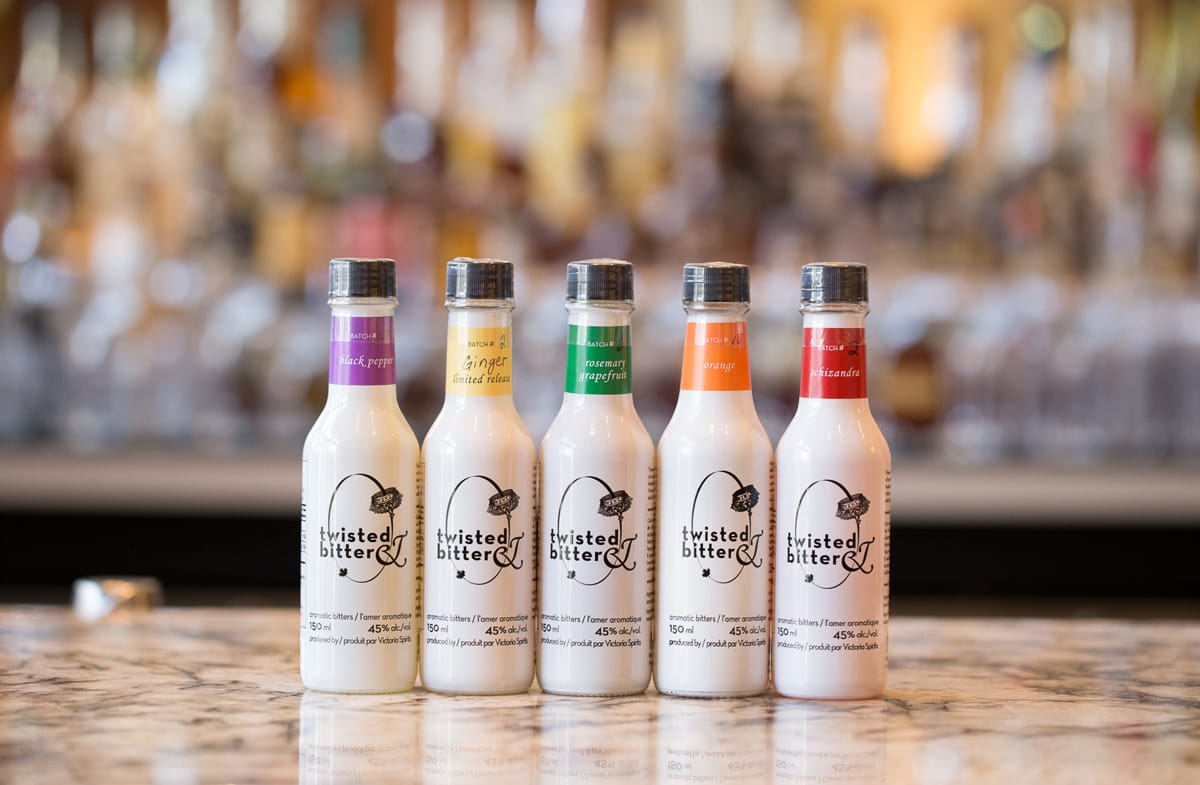Tiki is back in Vancouver. Why did it ever go away?
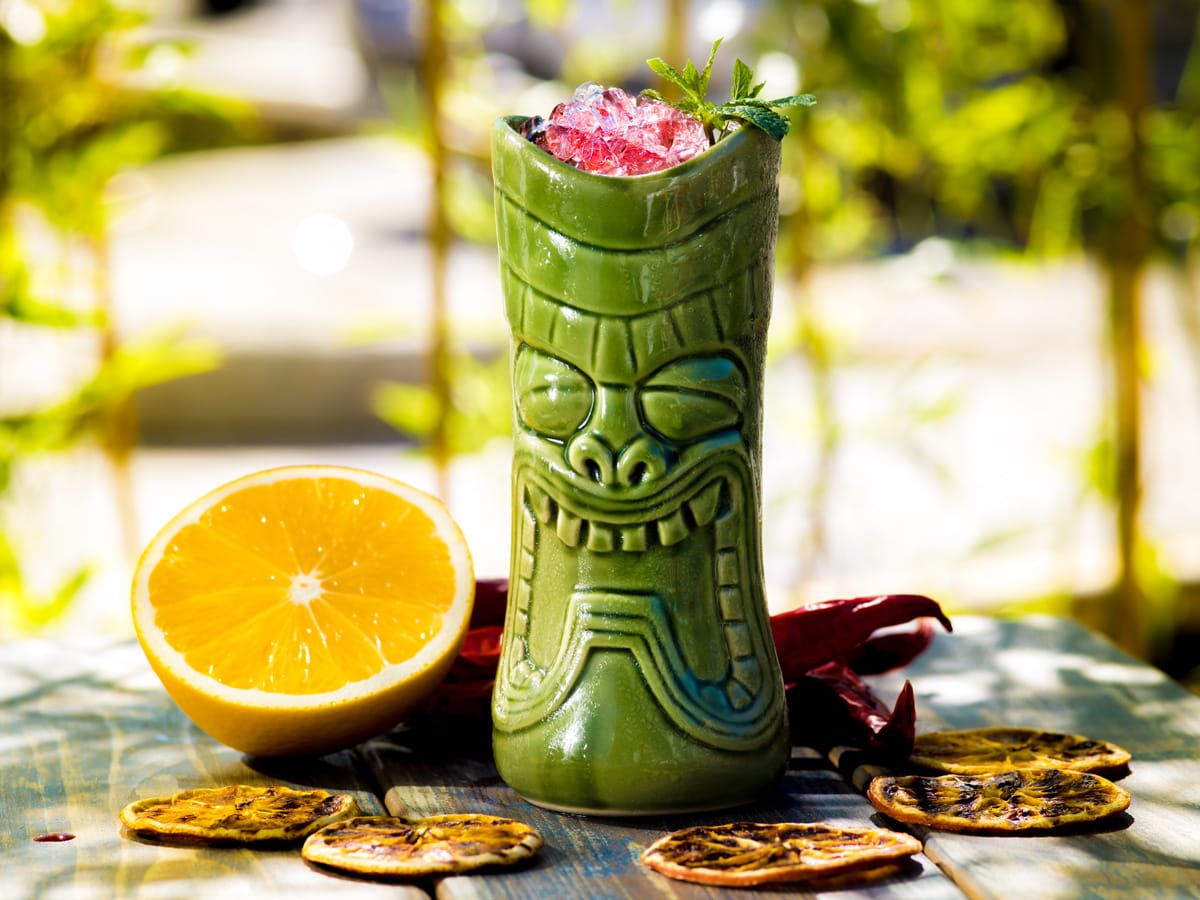
Tiki culture is a liquid ticket to an imaginary tropical island where the breeze is always warm, the music sways like the branches of a palm tree, and the rum flows as easily as the waves that wash up on a sandy beach.
Tiki originated in California in 1933, but exploded in popularity after the Second World War. It was inspired by the romance of the South Pacific, the culture of Polynesia, the flavours of Asia and the rum punches of the Caribbean, making it the ultimate fusion cocktail experience, served in a kitschy-cool Hollywood-ready vessel to a market that was weary of war and ready to party.

